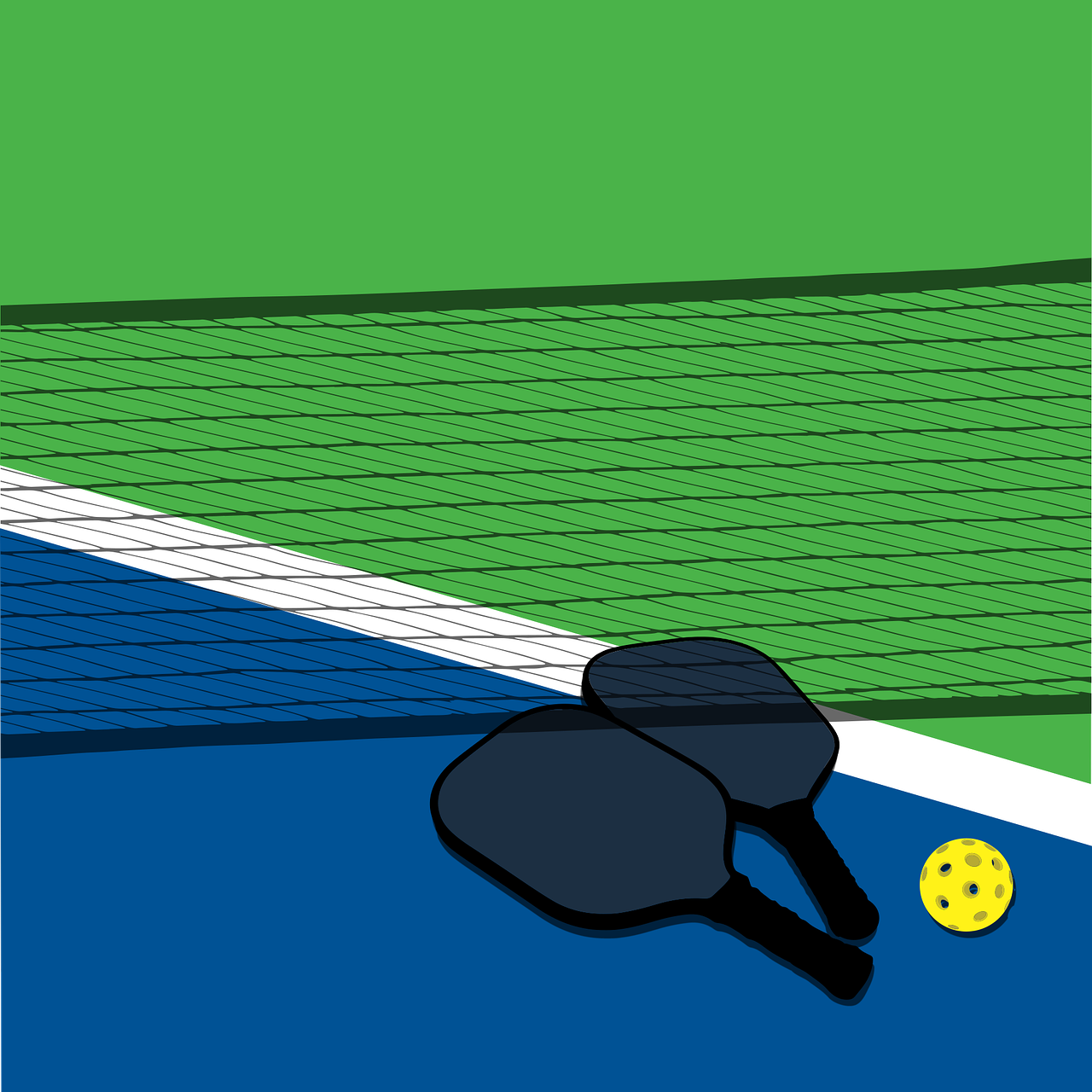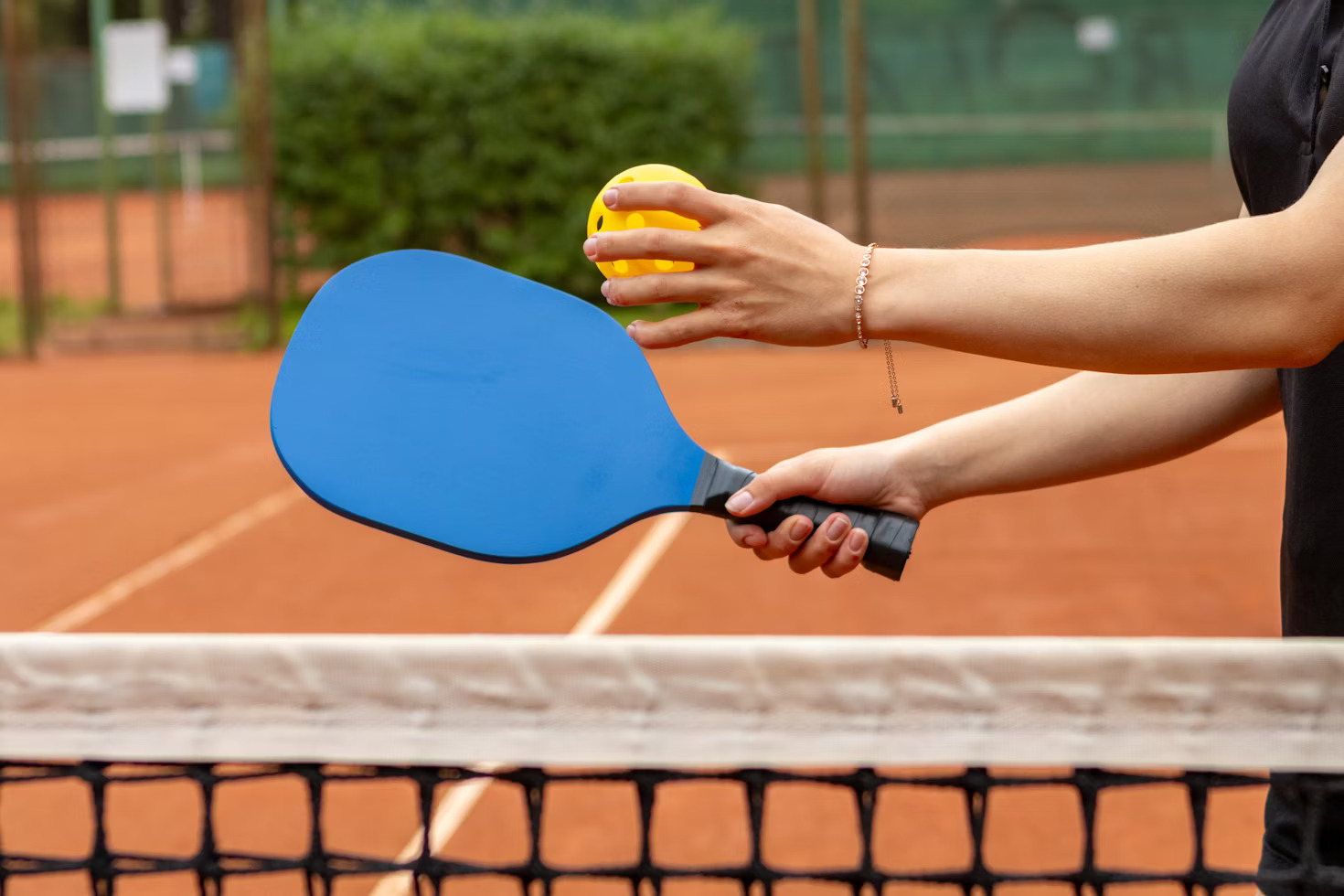Since the COVID-19 pandemic, many of us have sought out new ways to stay active and connected. Among the exciting racquet sports that have surged in popularity are pickleball and padel. At first glance, these two games might seem similar, but they each boast their own distinct rules, equipment, and techniques. By understanding these differences, you can gain a deeper appreciation for each game and perhaps discover your next favourite sport. Let’s explore what sets these two captivating games apart.
Origins and Popularity
Pickleball has a charming backstory. Created in 1965 by three friends, Joel Pritchard, Bill Bell, and Barney McCallum. This sport started as a fun family activity. It swiftly gained traction in the United States and Canada, combining elements of badminton, tennis, and ping-pong. Today, it enjoys a vibrant community with a growing number of leagues, attracting players of all ages.
On the other hand, padel has its roots in Mexico, thanks to inventor Enrique Corquera, who introduced it in the 1960s. Over the years, padel found a passionate following in Spain and throughout Europe, where it boasts strong cultural ties. In Spain, padel has become a dominant sport, and its popularity is steadily growing in other countries as more facilities and competitions emerge.
Equipment
The equipment used in each game sets them apart significantly. In pickleball, players wield rigid paddles made of wood or a combination of materials, often featuring a unique triangular shape with a solid hole at the front. The small plastic ball, similar to a wiffle ball, has holes that make it easier to control and gives it a distinct flight path.
In contrast, padel players use sturdy racquets that are seamlessly perforated, typically crafted from carbon fiber or a composite material. The perforated surface allows for better control of the ball’s speed and direction. The ball itself resembles a tennis ball but with lower pressure, affecting its bounce and trajectory.
Court Theory and Layout
When it comes to court dimensions, pickleball is played on a rectangular court measuring 20 feet wide and 44 feet long. This setup is ideal for both singles and doubles play. At the center, a net stands 36 inches high, tapering to 34 inches in the middle. An intriguing feature of the pickleball court is the 7-foot non-volley zone known as the “kitchen” which prevents players from volleying the ball while standing in that area.
On the flip side, padel unfolds in a larger, enclosed court measuring 20 meters by 10 meters (about 66 feet by 33 feet). This court is bordered by glass or mesh walls, which players can strategically use during gameplay. The net height is approximately 88 cm (about 34.6 inches), and the unique enclosure encourages a distinct style of play that incorporates the walls.
Rules and Gameplay Mechanics
In pickleball, the game begins with an underhand serve and requires that the ball bounces once on each side of the net before players can volley. Using a rally scoring system, every point counts, leading to games typically played to 11, 15, or 21 points. Importantly, players must win by at least two points. The ball cannot bounce off the walls, adding to the charm of the game.
Conversely, padel allows for an overhand serve and permits the ball to bounce off the walls after striking the court. This introduces a strategic twist, enabling players to exploit the walls for dynamic gameplay. Scoring resembles tennis, using counts of 15, 30, and 40, with matches typically contested in sets of three or five. The interaction with the walls creates a unique blend of shots and opportunities.
Play Style
When it comes to play style, pickleball emphasizes quick thinking, precision, and strategic placement. Players often employ a mix of fast and slow shots, using techniques like dinking—gently rolling the ball over the net into the kitchen—to draw errors from their opponents. Overall, the game focuses on managing smaller rallies with an eye for accuracy.
In padel, elements of tennis and squash merge seamlessly. The enclosed courts allow for longer rallies and intricate shots, requiring players to utilize the walls effectively to create angles and openings. This fast-paced game demands quick reflexes and the ability to anticipate the ball’s direction and speed.
Embracing the Games
In conclusion, both pickleball and padel offer exciting and dynamic experiences, each with its own distinct rules, equipment, and styles of play. While pickleball highlights precision and strategy, padel introduces aggressive wall play and longer rallies. Understanding these differences not only helps you choose the game that suits your interests and skills but also enriches your enjoyment of these vibrant sports.
Whether you’re picking up a paddle or a racquet for the first time or looking to refine your skills, embracing the unique traits of pickleball and padel can enhance your playing experience. So, dive into the world of these exhilarating games and enjoy the thrill of skill and strategy!














